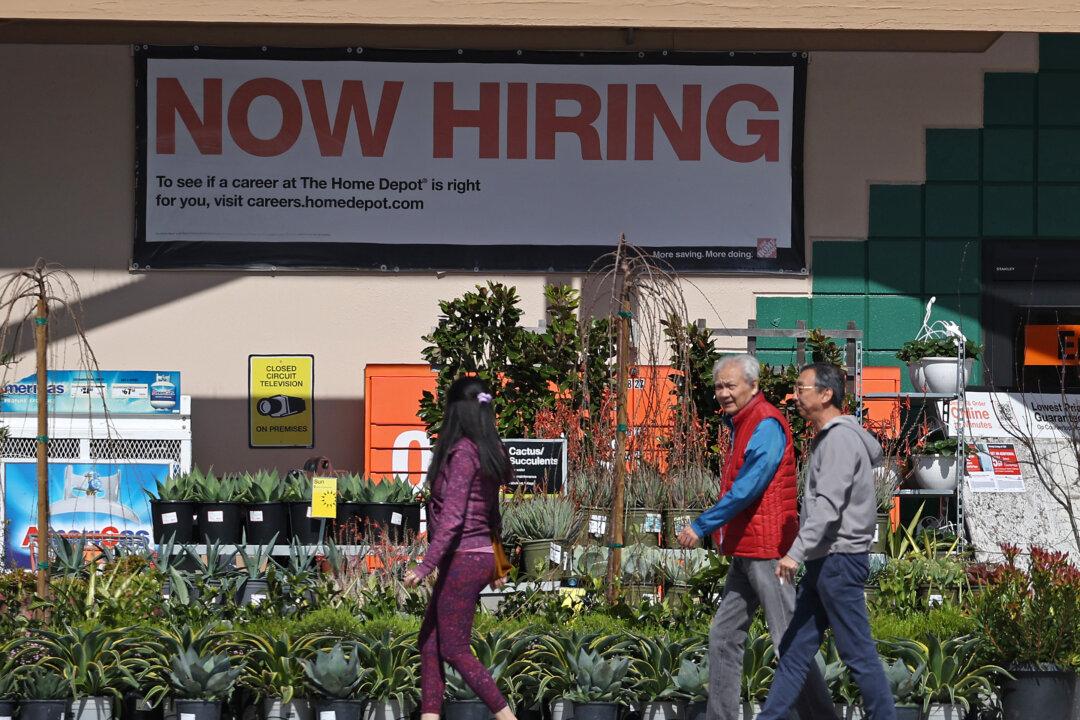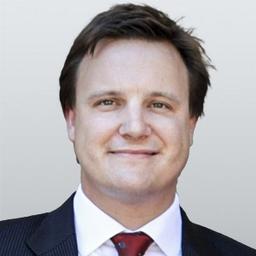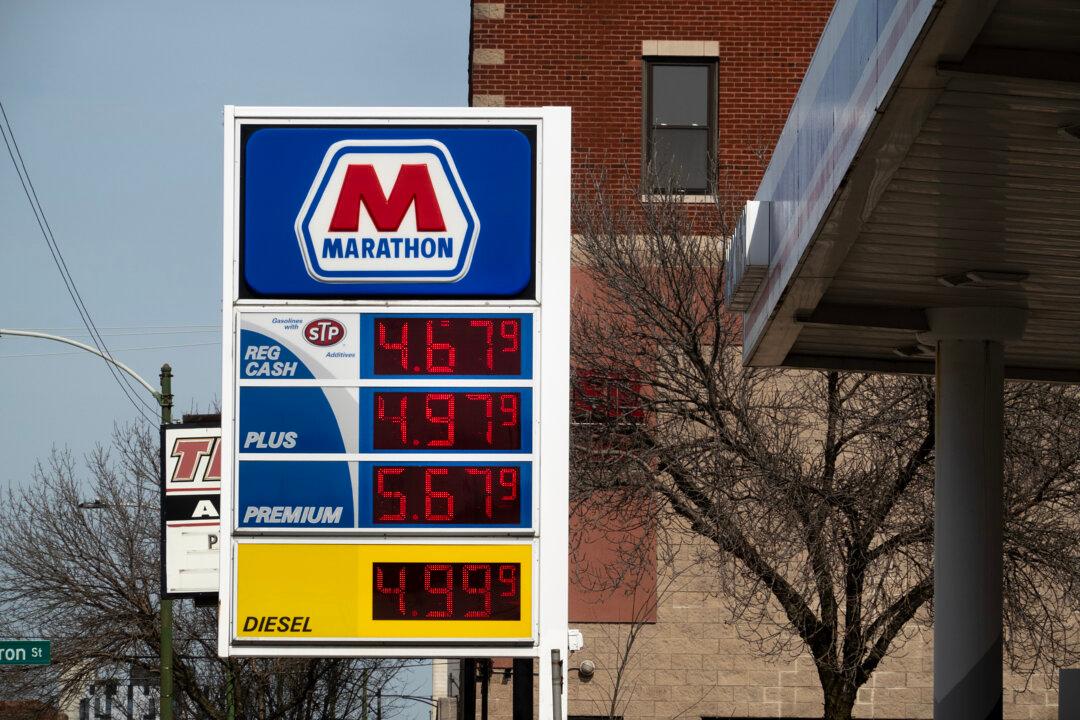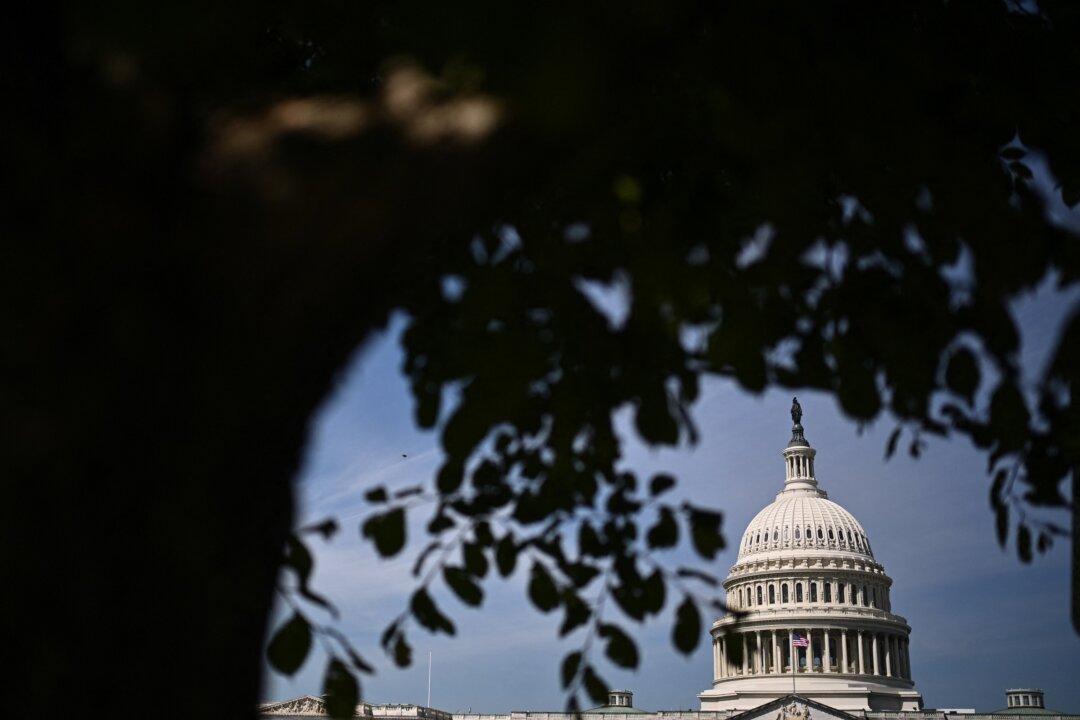Soon after President Joe Biden’s State of the Union address, presidential candidate Robert F. Kennedy Jr. released his own state of the union, in which he claimed that if discouraged workers were included in current unemployment metrics, the U.S. unemployment rate would stand at 23 percent.
For the record, a discouraged worker is someone who is capable of working and meets the criteria for employment but is jobless and hasn’t made efforts to seek employment in the past four weeks.





